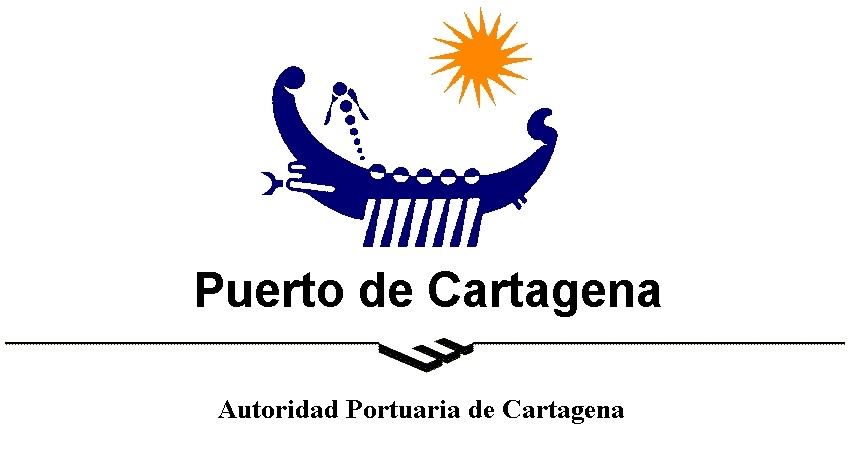
The Port of Cartagena is a key reference for cruise vessels thanks to its strategic location in the Mediterranean, on the southeastern coast of Spain.
Since the inauguration of the dedicated Cruise Berth in 2001, the quay has undergone several enlargements, achieving a total length of 709 meters with a 12-meter draft. This allows the port to accommodate two cruise ships of up to 300 meters simultaneously. The terminal offers modern facilities such as check-in areas, security control, passenger services, and convenient transport connections for excursions. At present, the port is undergoing major waterfront renovation, creating a more attractive and functional space that strengthens the connection between the terminal and the historic city center. The redesigned waterfront will feature cultural, leisure, and commercial areas, offering cruise passengers an enhanced gateway to explore Cartagena.
Currently, the port is carrying out a major waterfront renovation to further enhance the passenger experience and strengthen the connection between the terminal and the historic city center. The first phase has already been completed, featuring new public spaces and two first-class restaurants along the promenade. In the next phase, access to the cruise terminal will be improved, both for passengers and vehicles, including the integration of the Port’s Visitor Center, offering passengers and visitors a welcoming and modern gateway to Cartagena.
The historic city of Cartagena is located just 500 meters from the Cruise Terminal, making it one of the most accessible destinations for cruise passengers. With more than 3,000 years of history, it is the second oldest city in Spain and offers a rich blend of cultural heritage, shopping, and gastronomy.
Cartagena’s historic center reflects three major eras of its past — Roman, military, and Modernist — all visible throughout the city. Highlights include the impressive Roman Theatre, the Roman Forum District, the National Museum of Underwater Archaeology, and the medieval Castle of La Concepción overlooking the bay. From the military period, visitors can explore remarkable defensive architecture, while the Modernist era is represented by elegant buildings and decorative facades scattered across the city.
Beyond Cartagena, the Region of Murcia offers additional attractions such as Murcia Cathedral, the historic Casino, and the Salzillo Museum. Visitors can also discover Caravaca de la Cruz, one of the world’s five Holy Cities, and Lorca’s Fortress of the Sun, a spectacular medieval castle with panoramic views. Thanks to its Mediterranean climate, visitors can also enjoy a wide range of outdoor activities and sports year-round.

Maximum
ship dimensions for berth





| Year | Passengers (Pax) | Calls |
|---|---|---|
| 2010 | 104,294 | 77 |
| 2011 | 88,081 | 77 |
| 2012 | 83,917 | 76 |
| 2013 | 134,225 | 115 |
| 2014 | 137,985 | 109 |
| 2015 | 151,195 | 108 |
| 2016 | 187,843 | 120 |
| 2017 | 236,412 | 151 |
| 2018 | 228,000 | 148 |
| 2019 | 250,058 | 166 |
| 2020 | 18,862 | 10 |
| 2021 | 70,087 | 79 |
| 2022 | 175,705 | 184 |
| 2023 | 187,765 | 147 |
| 2024 | 219,911 | 144 |



